There are several software tools available for different stages of the game development life cycle. Here are some of the most popular ones:
1-Unity: A game engine that allows developers to create 2D and 3D games across various platforms.
2-Unreal Engine: Another popular game engine that allows developers to create high-end games with advanced graphics and physics.
3-Autodesk Maya: A 3D modeling, animation, and rendering software used for creating characters, environments, and other assets.
4-Blender: A free, open-source 3D modeling, animation, and rendering software.
5-Trello: A project management tool that allows teams to collaborate and keep track of tasks and progress.
6-GitHub: A code repository that allows teams to work on the same codebase, track changes, and collaborate on projects.
7-Jira: A project management and bug tracking tool that helps teams manage their workflow and track issues.
8-Adobe Photoshop: A powerful image editing software that can be used to create game assets such as textures, sprites, and UI elements.
9-Substance Painter: A texturing software used to create realistic textures for 3D game assets.
10-FMOD: An audio middleware tool used to create and implement audio in games.
These are just some of the many software tools available for game development. The specific tools you use will depend on your team's needs, budget, and development goals.
Unity:
Unity is a cross-platform game engine developed by Unity Technologies that allows developers to create 2D and 3D games for a variety of platforms, including mobile, desktop, consoles, and virtual reality. Unity provides a range of tools and features that enable developers to create complex and immersive games, including a visual editor, a physics engine, and a scripting engine.
The visual editor allows developers to create and manipulate game objects, such as characters, environments, and UI elements, without needing to write any code. The physics engine allows developers to create realistic physics simulations for objects within the game, such as gravity and collision detection. The scripting engine allows developers to write code in C#, JavaScript, or Boo to create custom game logic and behaviors.
Unity also provides a range of tools for optimizing game performance, including tools for profiling, debugging, and optimizing code and graphics. Additionally, Unity has a large and active community of developers who share resources, tutorials, and assets on forums, blogs, and other online platforms.
Overall, Unity is a powerful and versatile game engine that can be used to create a wide range of games, from simple mobile games to complex AAA titles.
Unreal Engine:
Unreal Engine is a game engine developed by Epic Games that is widely used for developing high-end video games with advanced graphics and physics. It is a powerful and flexible toolset that allows developers to create games for a wide range of platforms, including PC, consoles, mobile devices, and virtual reality.
Unreal Engine features a visual editor that allows developers to create and manipulate game objects, environments, and user interfaces without needing to write code. It also provides a wide range of tools and features for developing complex game mechanics, such as a physics engine, artificial intelligence systems, animation tools, and audio systems.
One of the main advantages of Unreal Engine is its advanced graphics capabilities, including a high-performance rendering engine, a robust material editor, and support for advanced features such as dynamic lighting, global illumination, and real-time reflections. This makes it a popular choice for developing games with realistic, immersive visuals.
Unreal Engine also offers a range of tools for optimizing game performance, including tools for profiling, debugging, and optimizing code and graphics. Additionally, it has a large and active community of developers who share resources, tutorials, and assets on forums, blogs, and other online platforms.
Overall, Unreal Engine is a powerful and versatile game engine that can be used to create a wide range of games, from small indie projects to large AAA titles with stunning graphics and immersive gameplay.
Autodesk Maya:
Autodesk Maya is a 3D modeling, animation, and rendering software used for creating high-quality assets for games, movies, and other visual media. It is widely used by game developers to create characters, environments, and other 3D assets for their games.
Maya provides a range of powerful tools and features for creating 3D models, including polygonal modeling tools, sculpting tools, and advanced UV mapping and texturing tools. It also includes a range of animation tools, such as keyframe animation, procedural animation, and motion capture tools.
Maya also offers a range of rendering options, including a high-performance viewport, mental ray rendering, and the Arnold rendering engine. Additionally, it has a scripting interface that allows developers to automate repetitive tasks, customize the user interface, and create custom plugins.
Maya is also highly customizable, with a range of plugins and add-ons available from the Autodesk App Store and other online marketplaces. It also has a large and active community of developers who share resources, tutorials, and assets on forums, blogs, and other online platforms.
Overall, Autodesk Maya is a powerful and versatile 3D modeling and animation software that is widely used by game developers and other visual artists to create high-quality assets for a wide range of media.
Blender:
Blender is a free, open-source 3D modeling, animation, and rendering software that can be used for a variety of applications, including game development. It provides a range of tools and features for creating 3D models, animations, and visual effects.
Blender's 3D modeling tools include a range of polygonal modeling tools, sculpting tools, and UV mapping and texturing tools. It also offers a range of animation tools, including keyframe animation, procedural animation, and motion capture tools.
Blender also provides a range of rendering options, including a high-performance viewport, Cycles rendering, and Eevee rendering. It also has a compositing and video editing toolset that allows developers to create and edit video content directly within the software.
Blender is highly customizable, with a range of plugins and add-ons available from the Blender Market and other online marketplaces. It also has a large and active community of developers who share resources, tutorials, and assets on forums, blogs, and other online platforms.
Overall, Blender is a powerful and versatile 3D modeling and animation software that is well-suited for game development, particularly for indie developers and small studios with limited budgets. Its free and open-source nature makes it an accessible tool for developers of all skill levels.
Trello:
Trello is a web-based project management and collaboration tool that is used by many game development teams to organize and manage their work. It provides a simple and visual way to track progress and manage tasks, allowing team members to collaborate and communicate effectively.
Trello uses a system of boards, lists, and cards to organize tasks and workflows. Boards represent projects or initiatives, while lists represent stages or phases within the project, and cards represent individual tasks or work items. Team members can add cards to lists, assign due dates and labels to cards, and move cards between lists to track progress.
Trello also provides a range of collaboration features, such as comments, attachments, and mentions, that allow team members to communicate and share information within the context of specific tasks or cards. Additionally, Trello integrates with a range of other tools and services, such as Slack, GitHub, and Google Drive, to streamline workflows and improve productivity.
Overall, Trello is a versatile and intuitive project management tool that is well-suited for game development teams of all sizes. Its visual and flexible approach to task management makes it easy to use and adapt to a variety of workflows, and its collaboration features help teams work together effectively and efficiently.
GitHub:
GitHub is a web-based platform for version control and software development that is widely used by game developers to manage and collaborate on their code. It provides a centralized repository for code and other project assets, as well as a range of tools and features for collaboration, code review, and project management.
GitHub uses Git, a distributed version control system, to track changes to code and other files over time. This allows developers to work collaboratively on the same codebase without overwriting each other's work or creating conflicts. GitHub provides a user-friendly interface for working with Git, allowing developers to create, commit, and merge code changes directly from their web browser.
GitHub also provides a range of collaboration features, such as pull requests, issues, and code reviews, that allow developers to communicate and collaborate on code changes and other project tasks. Additionally, it offers a range of project management tools, such as milestones, project boards, and team management, to help teams track progress and organize their work.
GitHub is also highly customizable, with a range of plugins and integrations available from the GitHub Marketplace and other online sources. This allows teams to tailor the platform to their specific needs and workflows.
Overall, GitHub is a powerful and versatile platform for version control and software development that is widely used by game developers and other software development teams. Its robust set of features and flexible approach to collaboration and project management make it a valuable tool for managing game development projects of all sizes.
Jira:
Jira is a web-based project management and issue tracking tool that is widely used by game development teams to manage their projects and workflows. It provides a range of tools and features for planning, tracking, and managing tasks, as well as for collaborating and communicating with team members.
Jira uses a system of issues, which represent tasks, bugs, or other work items, that can be tracked and managed throughout their lifecycle. Issues can be assigned to team members, prioritized, labeled, and tracked using a range of metrics and reports.
Jira also provides a range of project management tools, such as agile boards, backlogs, and sprints, that allow teams to plan and manage their work using agile methodologies. Additionally, it offers a range of collaboration features, such as comments, attachments, and mentions, that allow team members to communicate and share information within the context of specific tasks or issues.
Jira is highly customizable, with a range of plugins and add-ons available from the Atlassian Marketplace and other online sources. This allows teams to tailor the platform to their specific needs and workflows.
Overall, Jira is a powerful and flexible project management tool that is well-suited for game development teams of all sizes. Its robust set of features and flexible approach to project management make it a valuable tool for managing game development projects, particularly those using agile methodologies.
Adobe Photoshop:
Adobe Photoshop is a powerful image editing software that is widely used in the game development industry for creating and editing game assets, such as textures, sprites, and user interfaces. It provides a range of tools and features for creating and manipulating images, including pixel-level editing, color correction, and layer management.
Photoshop's pixel-level editing tools allow game developers to create and edit detailed textures and sprites that can be used in their games. Its layer management tools allow developers to create complex compositions by stacking and manipulating multiple layers of images, text, and other elements. Additionally, Photoshop's color correction and image enhancement tools allow developers to adjust the look and feel of their game assets to achieve the desired aesthetic.
Photoshop also provides a range of tools for designing and creating user interfaces, such as buttons, menus, and other interface elements. Its vector-based shape tools and text tools allow developers to create scalable and customizable interface elements that can be easily adapted for different screen sizes and resolutions.
Photoshop is highly customizable, with a range of plugins and add-ons available from the Adobe Creative Cloud Marketplace and other online sources. This allows game developers to tailor the software to their specific needs and workflows.
Overall, Adobe Photoshop is a powerful and versatile image editing software that is essential for game developers who need to create and edit high-quality game assets, such as textures, sprites, and user interfaces. Its robust set of features and customizable nature make it a valuable tool for game development teams of all sizes.
Substance Painter:
Substance Painter is a 3D painting software that is widely used in the game development industry for creating and texturing 3D models. It provides a range of tools and features for creating and manipulating materials and textures, including advanced brush and particle systems, real-time preview, and 3D painting.
Substance Painter's advanced brush and particle systems allow game developers to create complex materials and textures quickly and easily. Its real-time preview feature allows developers to see changes to their materials and textures in real-time as they paint, allowing them to iterate and refine their designs quickly. Additionally, Substance Painter's 3D painting capabilities allow developers to paint directly onto their 3D models, making it easier to create seamless and detailed textures.
Substance Painter also provides a range of tools for managing and organizing materials and textures, including a customizable library of pre-made materials, the ability to create custom material presets, and the ability to export and share materials and textures with other developers.
Substance Painter is highly customizable, with a range of plugins and add-ons available from the Substance by Adobe Marketplace and other online sources. This allows game developers to tailor the software to their specific needs and workflows.
Overall, Substance Painter is a powerful and versatile 3D painting software that is essential for game developers who need to create high-quality materials and textures for their 3D models. Its robust set of features and customizable nature make it a valuable tool for game development teams of all sizes.
FMOD:
FMOD is an audio middleware tool that is widely used in the game development industry for creating and implementing audio in games. It provides a range of tools and features for designing, mixing, and implementing audio, including real-time audio effects, scripting, and integration with game engines.
FMOD's real-time audio effects allow game developers to create complex and dynamic audio environments that respond to player actions and events. Its scripting tools allow developers to create custom behaviors and interactions for audio events, such as triggering specific sounds when certain actions occur in the game. Additionally, FMOD's integration with game engines, such as Unity and Unreal Engine, allows developers to easily implement and manage audio assets within their game projects.
FMOD also provides a range of tools for managing and organizing audio assets, including a customizable library of pre-made sounds and music, the ability to create custom audio presets, and the ability to export and share audio assets with other developers.
FMOD is highly customizable, with a range of plugins and add-ons available from the FMOD Marketplace and other online sources. This allows game developers to tailor the software to their specific needs and workflows.
Overall, FMOD is a powerful and versatile audio middleware tool that is essential for game developers who need to create and implement high-quality audio in their games. Its robust set of features and customizable nature make it a valuable tool for game development teams of all sizes.
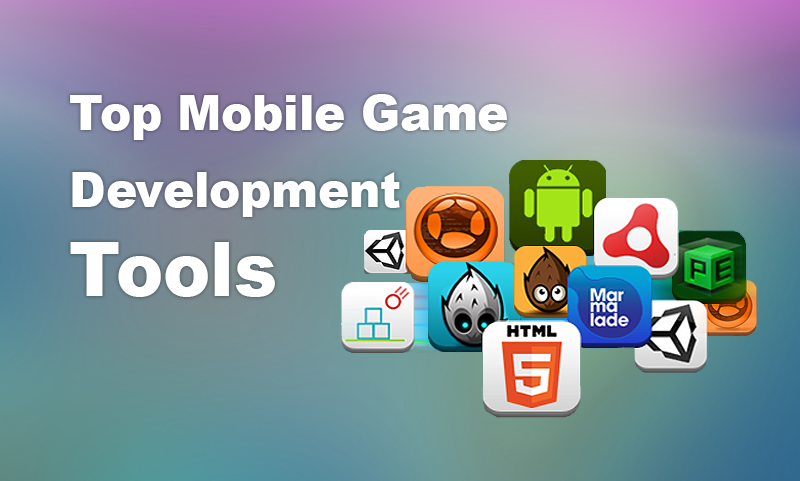


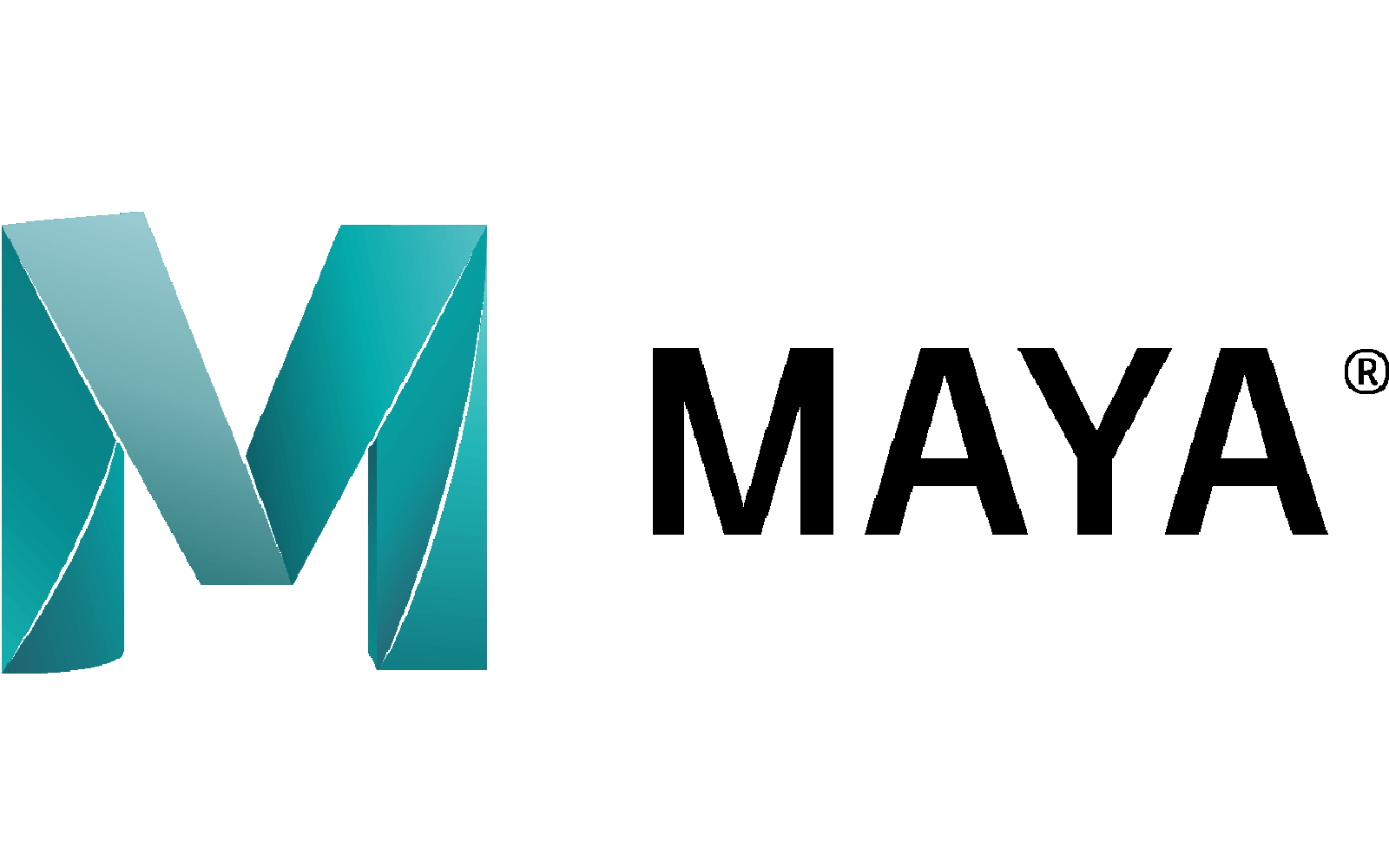

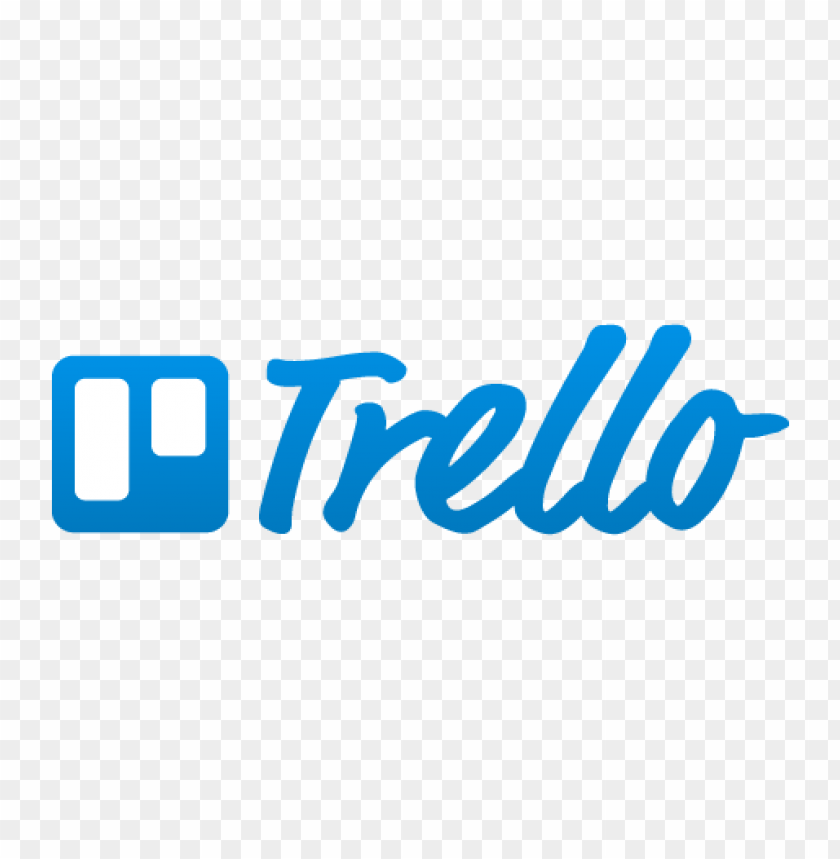
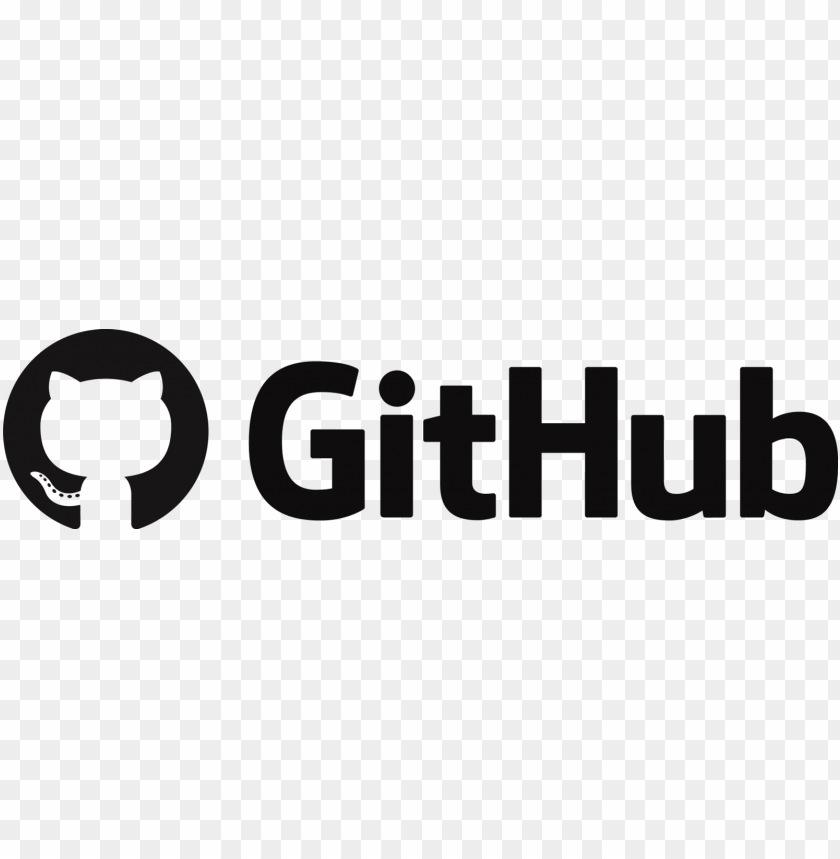

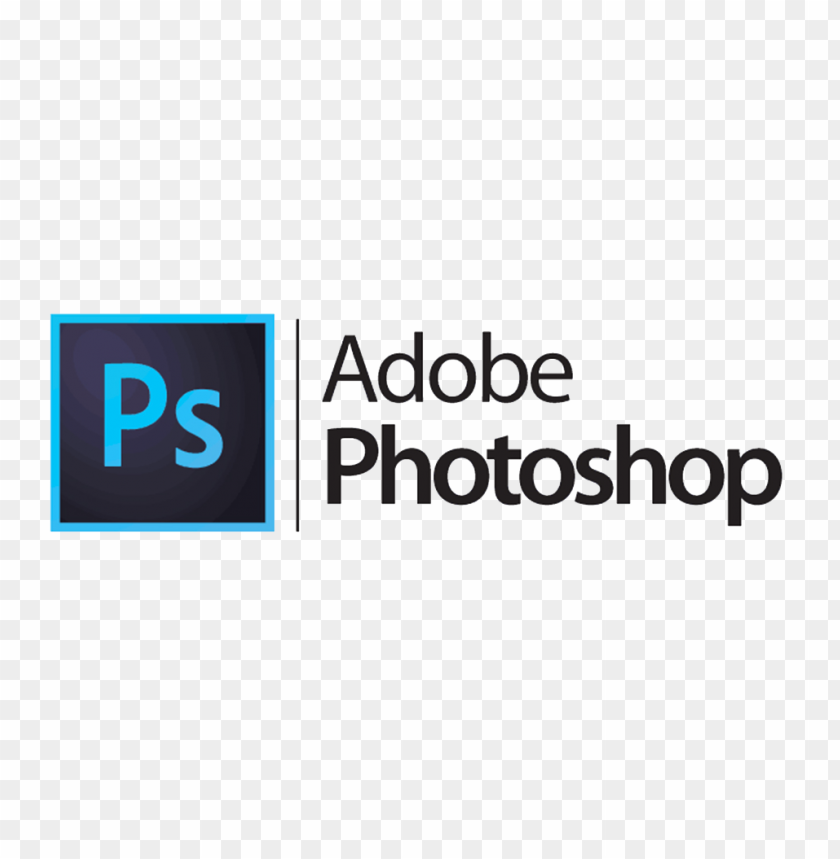
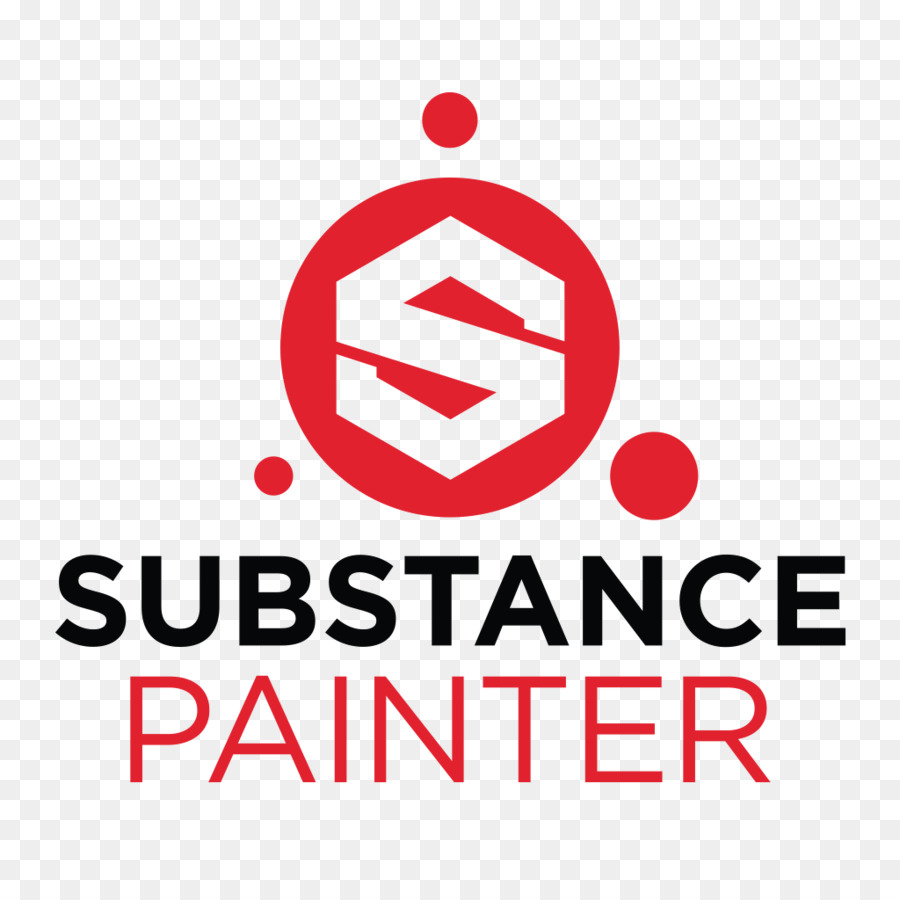







0 comments:
Post a Comment